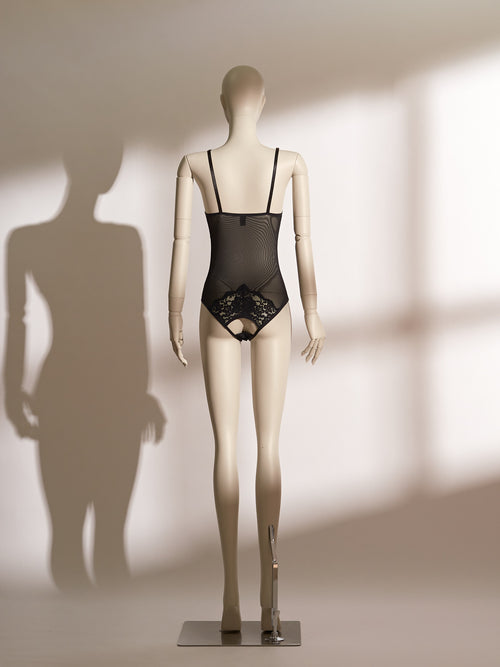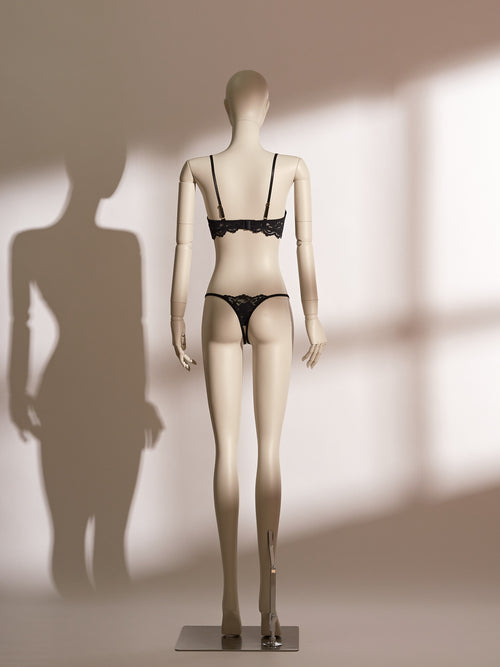Welcome to our store
The Monster in the Mirror: A Cultural Object Born for Velocity
Somewhere between a gremlin, a nightmare emoji, and a plushie gone rogue, Labubu has clawed its way into the collective consciousness of global internet culture. It’s odd. It’s charming. It’s vaguely unsettling. And more than anything — it’s viral. As a striking example of street style aesthetics and contemporary cultural expression, this trendy art toy seamlessly fits into the ecosystem of brands like Mismuse, Pills N Poison, and TAPE OFF, known for merging subversive creativity and popular culture.
Labubu isn’t just a toy. It’s an avatar of something else — something bigger. Not creativity. Not taste. Circulation. It’s designed less for contemplation, more for momentum. It doesn’t wait to be understood. It arrives fully embedded in your social media feed, already memed, already flexed, already sold out.
And that’s what makes it fascinating. Not its look — though that helps — but its trajectory. Labubu didn’t rise from subcultural soil or niche fandoms. It came pre-optimized, weaponized with everything a modern trend needs to thrive: algorithmic visibility, engineered scarcity, and influencer-fed aesthetics. It’s the first designer toy that truly feels like it was launched by the same forces that push dance challenges, dopamine-core interiors, and luxury fashion accessories.
Manufactured Momentum: When Trend Isn’t Discovery, But Deployment
Let’s be blunt: Labubu wasn’t discovered. It was installed. The mechanisms behind its explosion are not invisible. They’re just unspoken.
Pop Mart — a juggernaut of consumer engineering — didn’t just sell a collectible figure. It executed a multi-platform deployment strategy. Short-form video platforms like TikTok and Instagram were leveraged not to tell stories, but to manufacture urgency. Influencers were seeded. Blind box scarcity was gamified. And resale channels were left to do their magic: amplify value through artificial unavailability.
This isn’t a scandal. It’s standard. But Labubu shows just how sophisticated the formula has become — how the aesthetics of "authenticity" and "discovery" are now part of the script. And this script is so well-crafted, we can’t tell anymore if we like something — or if we’ve just been efficiently nudged into performing the desire for it.
Resale Culture: Scarcity as a Spectator Sport
Labubu’s aftermarket isn’t just big — it’s integral. From the beginning, the product wasn’t positioned as a toy, but as a limited-edition event. Every drop is a social performance: part gambling, part ritual, part flex.
The resale economy takes that performance and monetizes it. Platforms like StockX, eBay, or even niche toy discords turn Labubu into currency. Each variant becomes a speculative asset, a badge of taste, a unit of clout. And the logic isn’t far from the luxury market: chase, acquire, display, resell. It’s not about the toy. It’s about what the toy can be flipped for — or how well it performs on-camera.
This mimics exactly how rare sneaker drops, luxury fashion collaborations, and even NFTs function. The difference? Labubu doesn’t pretend to be high fashion. It just acts like it, and in doing so, collapses the boundary between collectible culture and speculative fashion economics.
Influencer Economics: Affection as Strategy
Every viral product needs faces — people who can make desire contagious. With Labubu, the influencer economy performed its role with surgical precision. Influencers across global platforms unboxed, squealed, reacted, and decorated their shelves. But the emotional tone was oddly synchronized. The language was universal: cute, rare, unmissable.
That’s not coincidence. That’s creative direction. Influencers weren’t just promoting a product — they were transmitting an attitude. The marketing didn’t rely on copywriting. It relied on emotional contagion: the illusion of authenticity, manufactured in bulk. This is what modern marketing looks like now. Not slogans. Not billboards. Just feelings — staged at scale.
Luxury Logic, Pop Culture Body
Labubu’s strategy borrows the language of luxury: exclusivity, limited runs, anticipation, resale heat. It taps into the exact dopamine loops that make people chase limited-edition sneakers or line up for Supreme. The packaging is different, but the structure is identical.
Even its ecosystem — the color variants, the blind boxes, the secret drops — mirrors haute couture’s capsule release cycles. The "design" isn’t just the character. It’s the economy around the character. The drop system is the product.
Hijacked by Algorithms: A Civilization in Flux
This is where my deepest concern lies. Traffic and algorithms are no longer tools—they have become architects. They design our tastes, our behaviors, and increasingly, our very perceptions of reality. Fashion and consumption trends, once shaped by history, culture, and personal experience, are now rapidly molded by predictive data and platform engagement metrics.
The issue isn’t simply aesthetic—it’s structural. Traffic and algorithmic trends represent a profound deconstruction of the social, economic, and even civilizational orders that took centuries to form. Human connections to markets, cultural products, and personal desires were once mediated by tradition, community, and individual experience. Now, they're dictated by unseen formulas whose primary goal is engagement.
The Collapse of Personal Taste
In previous eras, liking something involved slow sedimentation: years of watching, experiencing, forming opinions, trusting your instincts. But in the Labubu era, that timeline is gone. You see it enough times in your feed, framed as desirable, emotionally charged, contextually approved — and you begin to want it. Not because it speaks to you. Because it’s been engineered to resonate.
Labubu as Symptom, Not Villain
Labubu isn’t malicious. It’s not trying to manipulate anyone. In many ways, it’s a beautifully designed object, full of expressive ambiguity and mischievous charm. It can spark joy, especially when appreciated independently from the algorithmic and marketing forces that propelled it into prominence.
But that machinery is the real story. Labubu is a mirror, reflecting a system in which:
- Desire is manufactured.
- Virality is calculated.
- Taste is no longer personal.
Conclusion: Reclaiming Authenticity
Labubu is cute. It’s weird. It’s collectible. But it’s also a blueprint — a prototype for how desire will be designed in the coming years. If a collectible toy can become a cultural event this efficiently, what happens when the same systems start targeting everything else we consider "tasteful" or "authentic"?
This isn’t about nostalgia. It’s about agency.
Because when even your desires are curated by code, the most radical thing you can do is pause, look past the hype, and remember what it feels like to want something on your own terms.
And Labubu? Labubu will still be there — grinning like it knows something you don’t. And maybe, just maybe, it does.
-----------
P.S.
We know — this wasn’t a product pitch. No “shop the look” links, no embedded calls to action. That’s intentional. Some conversations deserve their own space. But if you're drawn to the cultural undercurrents we explore — the ones bending fashion, identity, and algorithmic desire — our designs at Mismuse live in that same tension. Feel free to wander over when you’re ready.



















